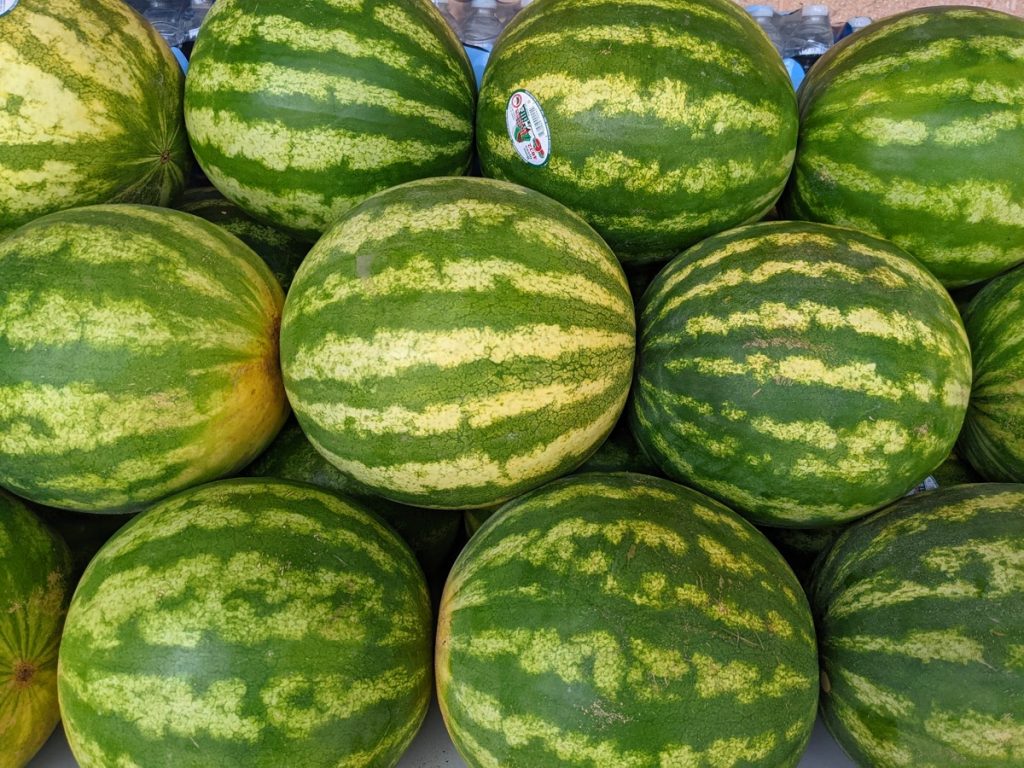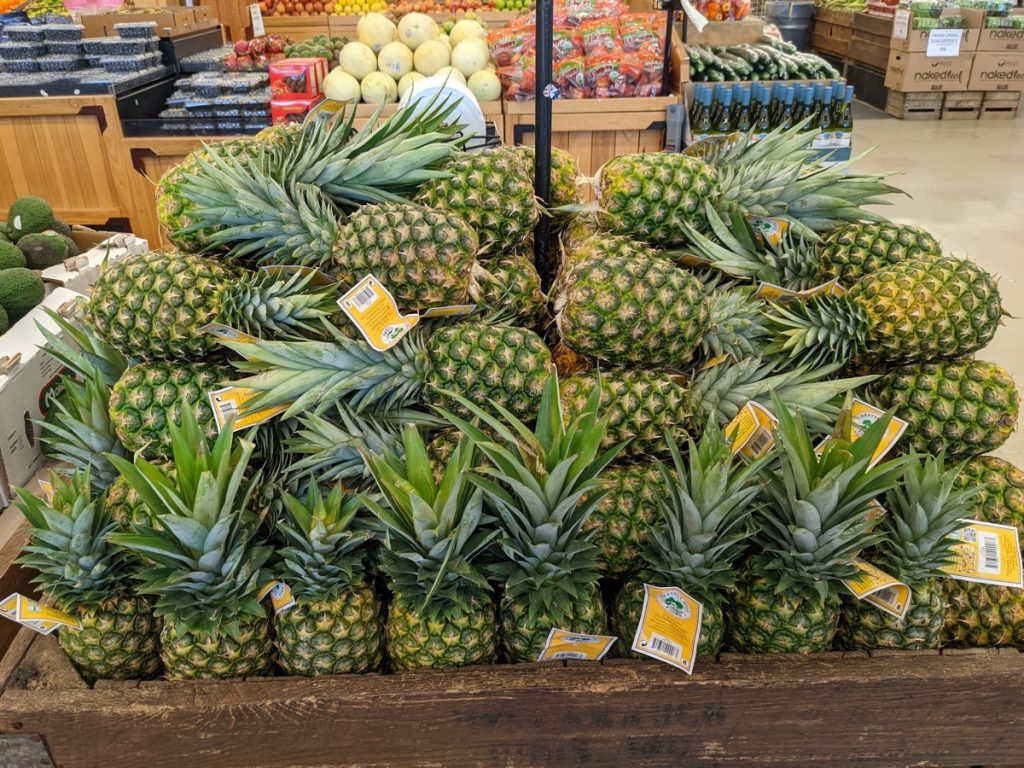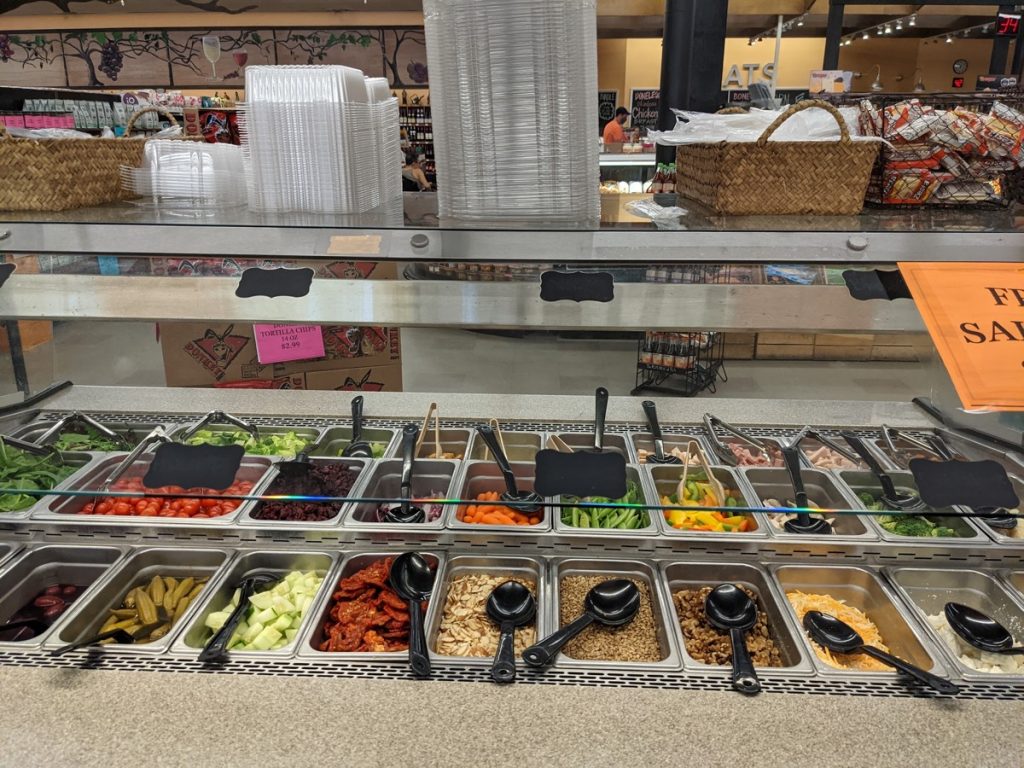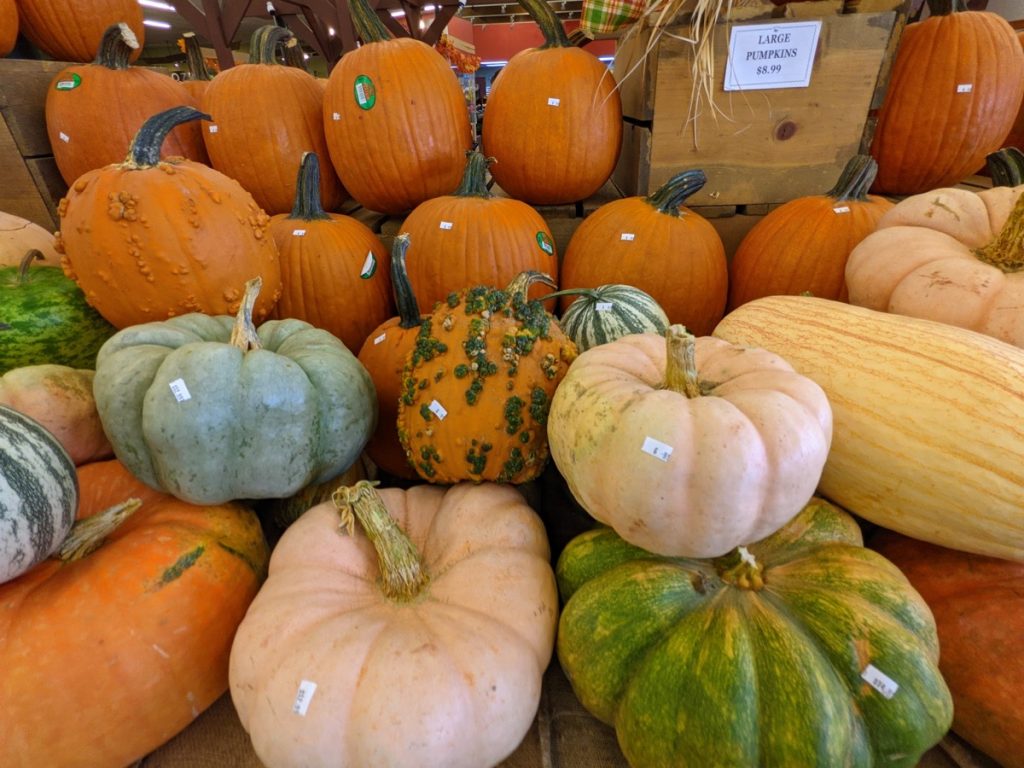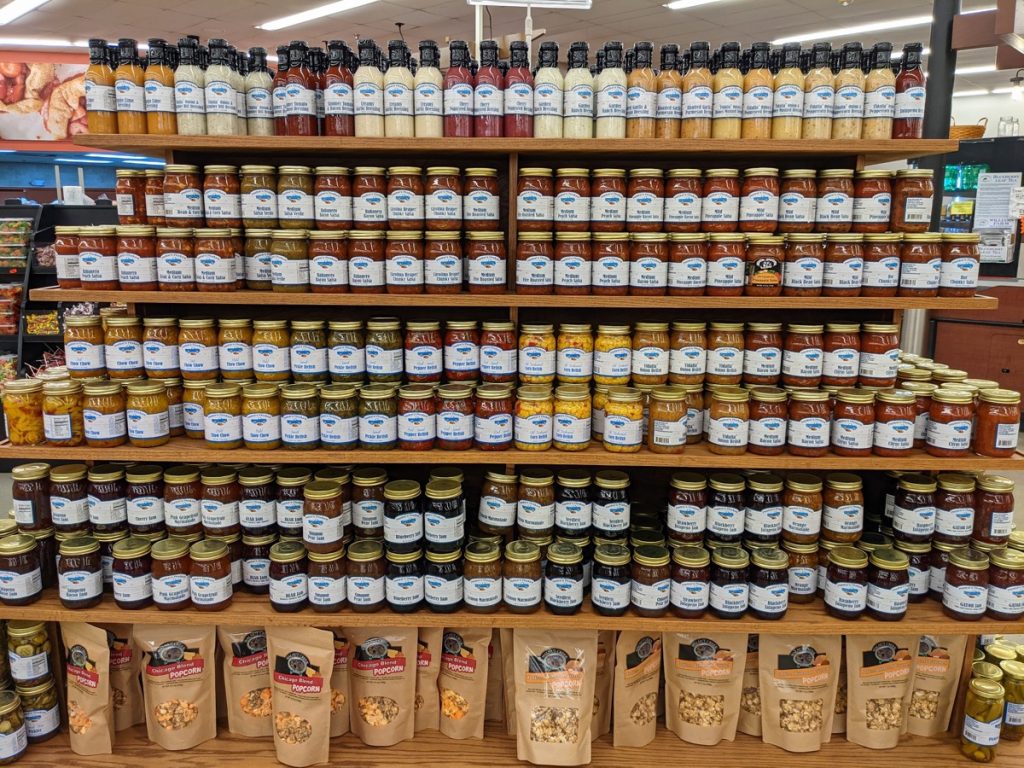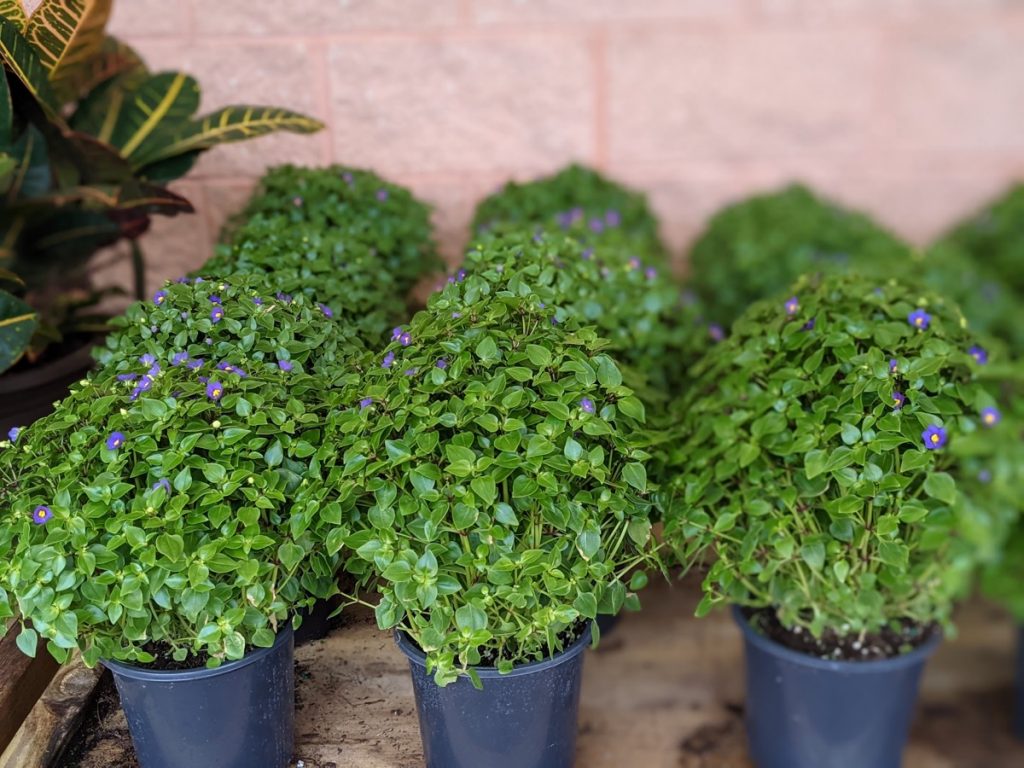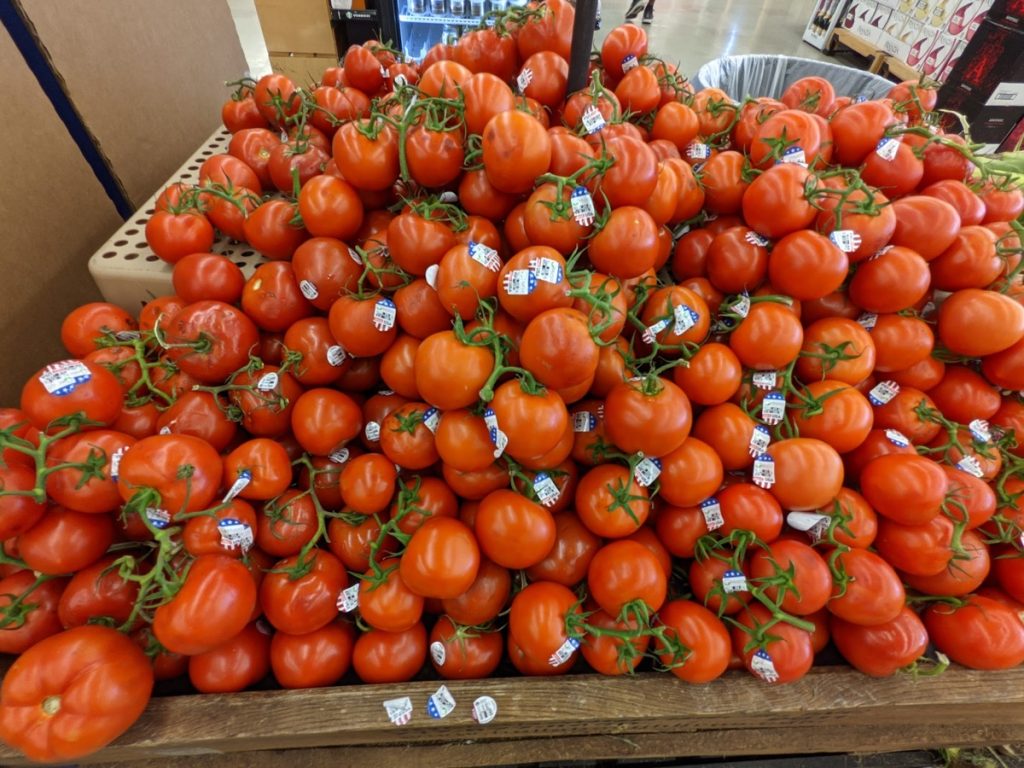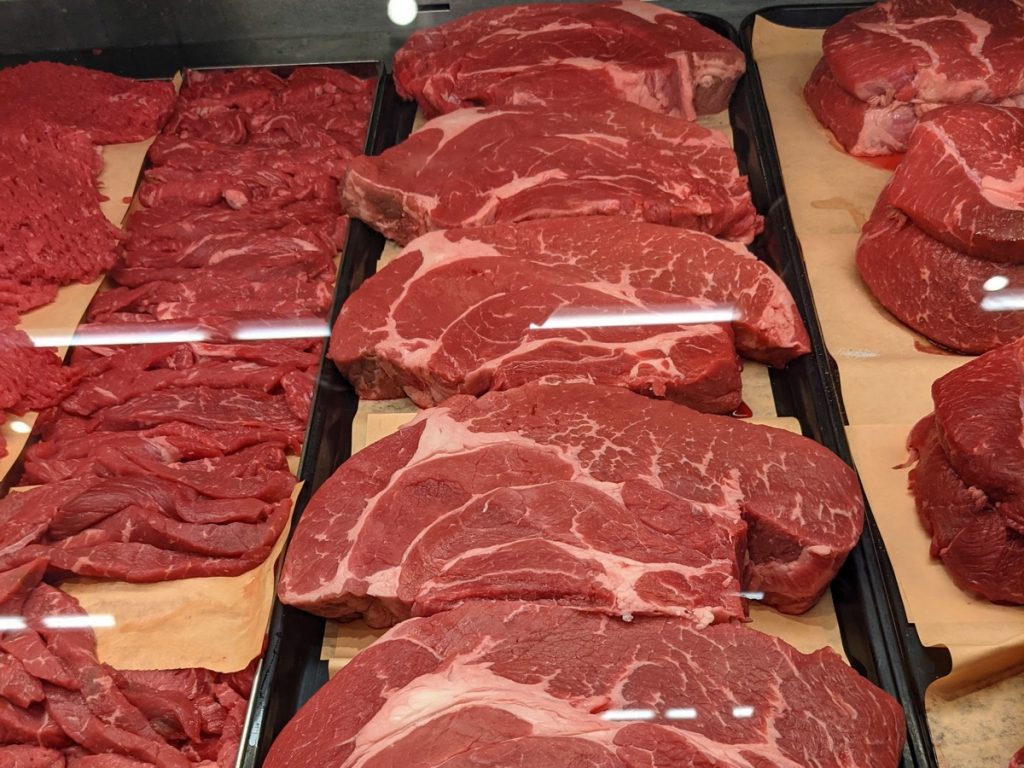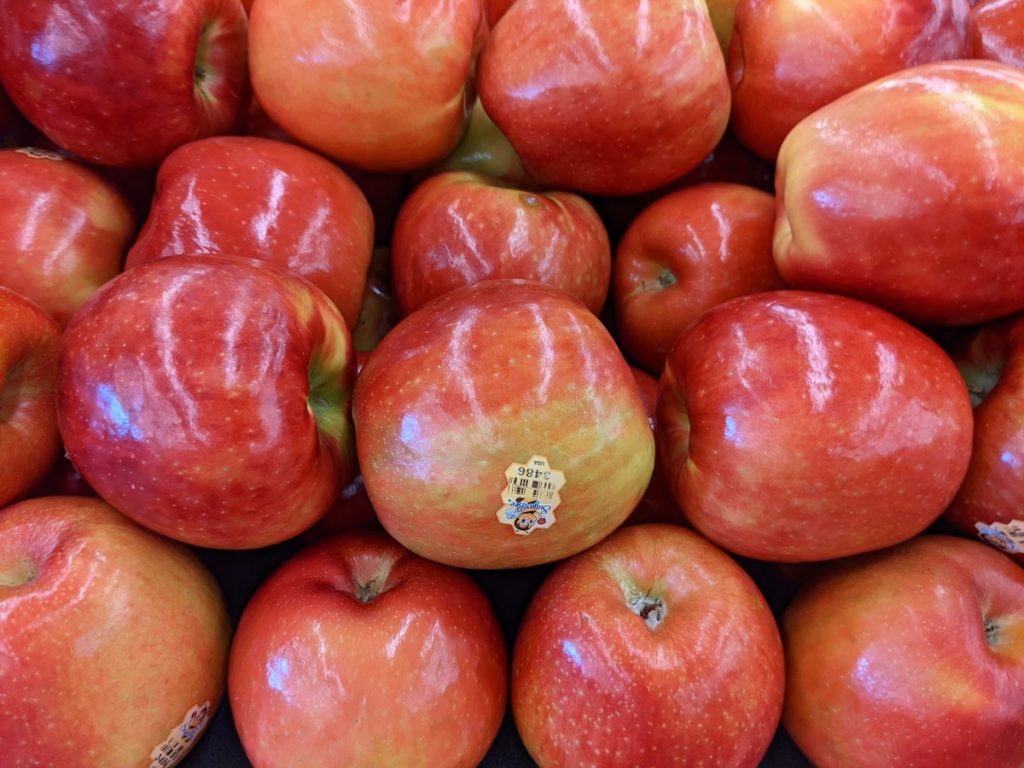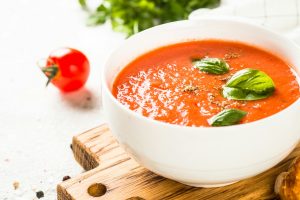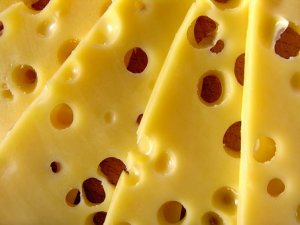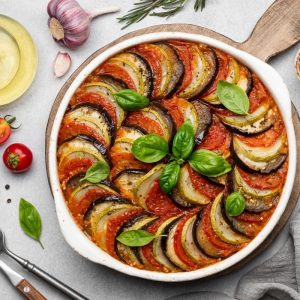Do you like a bold, red cabernet sauvignon with your thick, juicy steak or a plate of spicy mussels marinara? How about sparkling wine during Sunday brunch or to celebrate a special occasion? Fruity, lighter wines like Zinfandel and crisp white wines can be refreshing on a hot summer day. And don’t forget the toasty, buttery, creamy and smoky qualities – often likened to spice, caramel or vanilla – of a vintage chardonnay.
While the variety of grape and the aging process can certainly change the taste of your wine, did you know that the particular region in which the wine grapes were grown can powerfully affect the flavor of the wines you favor as well? Specifically, the climate, soil and topography of a region can all affect the taste of wine.
Cooler climates produce fruitier, more medium bodied wines. The hotter the climate, the richer, more robust and less acidic a wine will become. Volcanic soil, like that found in Italy, can create very delicious wine variations due to the nutrients in that particular soil. Areas like Burgundy, France, where the soil is rich in limestone, are excellent for chardonnays. If vineyards are located close to the water, they tend to produce larger grapes with a milder taste.
Barrel aging works the same way. For instance, oak barrels are known for producing a silkier, more concentrated flavor. Wine barrels made from oak trees grown in the Hungarian mountains create a toastier, woodier flavor. American oaks produce sweet undertones and more intensely flavored wines than the French oaks.
However, no matter what your pleasure, you can be sure to find the wines most suited to your taste at Perrine’s Produce.

